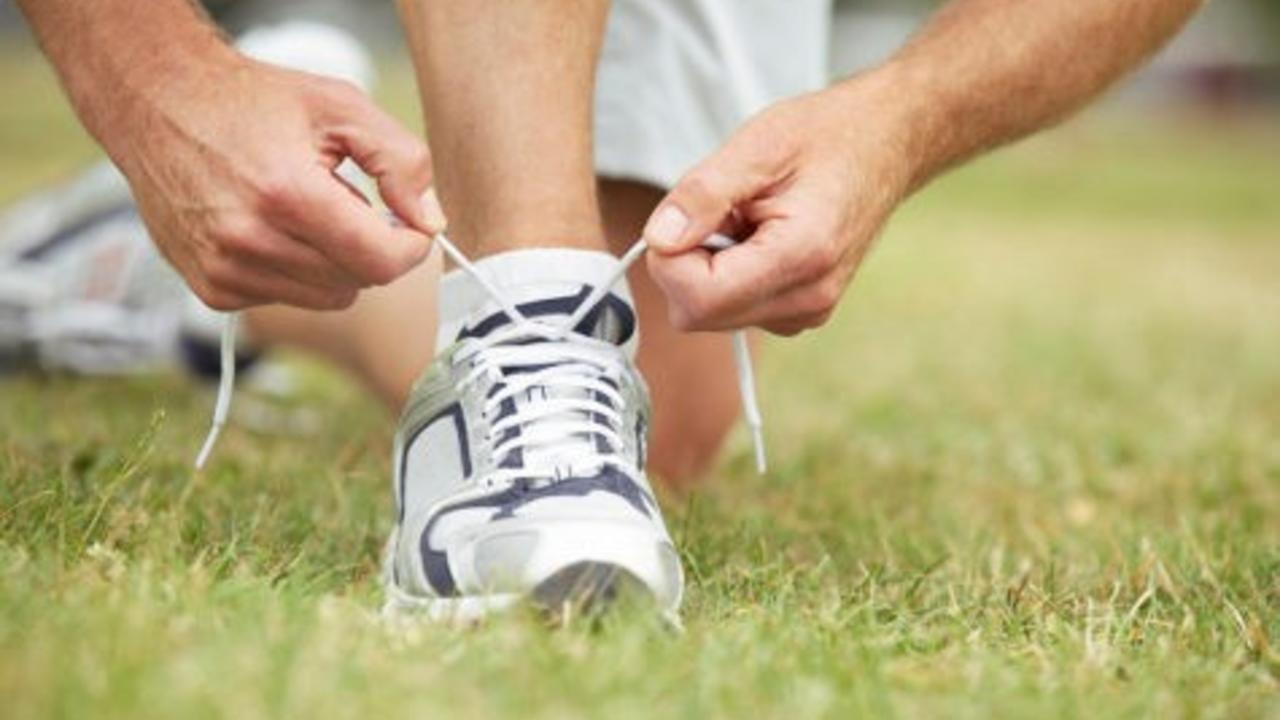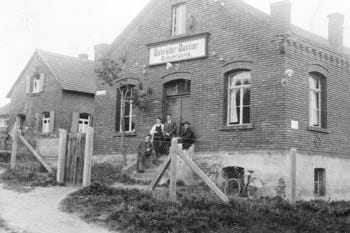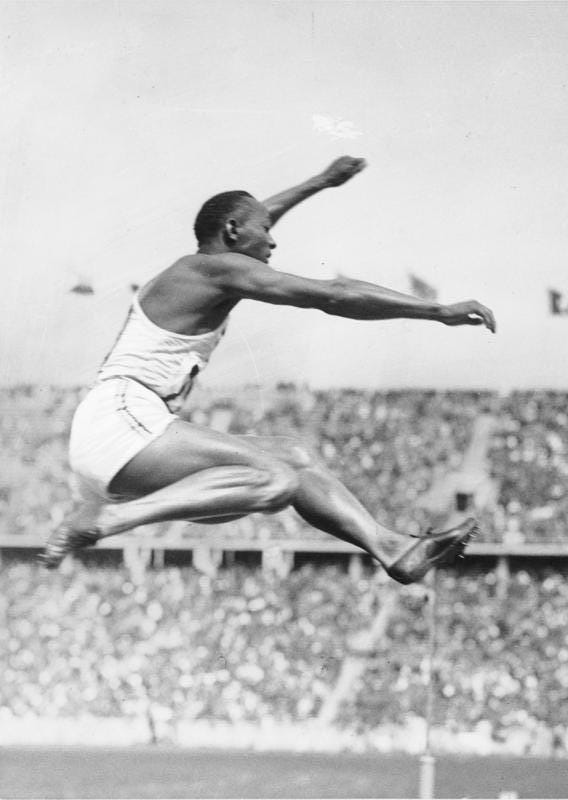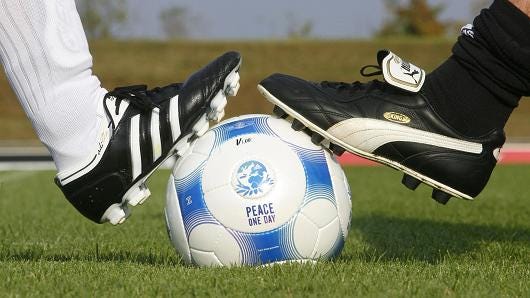Lace Up for a Family Feud

How Leveraging a Unique Concept Can Revolutionize Your Business, and an Entire Industry
This is the tale of a couple of small-town German brothers, Adolf and Rudolf Dassler, from the rural town of Herzogenaurach, at the turn of the last century. Rudolf, the 3rd born, and Adolf, 4th born, humbly assisted their Mom Pauline with her laundry service by delivering the cleaned linens and clothing to their neighbors.
Upon completion of his high school education, fulfilling a promise to his father, Adolf began an apprenticeship as a baker. However, his true interests revolved around sports, so he occupied his free time playing athletic competitions in track and field, soccer, boxing, ice-hockey, javelin, as well as skiing and ski jumping. After finishing his apprenticeship, ‘Adi’ pursued these other interests.
Adi soon becomes an accomplished athlete, and more relevantly to my lesson today, a careful observer. He recognized the athletes of each discipline he participated in lacked specialized shoes. At the time, sportsmen simply went to the local cobbler and had shoes fit for his or her size. Adi’s innovative concept: if an athlete wore shoes optimized for a specific sport, it would result in improved performance. This foundational precept changed his career trajectory and would revolutionize all sports.
While attempting to start up his new enterprise, Adi supported himself by repairing shoes in town. Skills he learned from his father, a cobbler. Facing the realities of post-war WWI Germany where there was no reliable supply for materials nor credit ( note, to Adi’s dismay, Shield Advisory Group would be formed years later), he began by scavenging army debris in the war-torn countryside: helmets and bread pouches supplied leather for soles; parachutes could supply silk for slippers. Adi also became adept at creative engineering to mechanize production in the absence of electricity. MacGyver pre-MacGyver. Using belts, for example, he rigged a leather milling machine to a mounted, stationary bicycle powered by the firm’s first employee. Upon reading this fine piece of literature, a tort lawyer is undoubtedly now calling the Dassler estate seeking to commence a suit against Peloton. This zest for creativity would propel Adi’s vision of specialized sport designs.

After the war brother Rudolf sought out to become a policeman. After completing his training, he joined Adi’s firm in July of 1923. Adi would then register Gebrüder Dassler, Sportschuhfabrik, Herzogenaurach (“Dassler Brothers Sports Shoe Factory”, Herzogenaurach) on July 1st, 1924. By 1925 the Dasslers were making leather Fußballschuhe (football boots) with nailed studs and track shoes with hand-forged spikes, created by the smithy of the family of his friend Fritz Zehlein. The Dasslers constantly experimented with various materials (i.e.: shark skin, kangaroo leather) to create lightweight, yet resilient, shoes.
During WWII, both Dassler brothers were members of the NSDAP ( The National Socialist German Workers’ Party) and eventually produced a weapon called “Panzerschreck”, an anti-tank bazooka, made with the help of forced labor. Before you overreact and burn your running shoes, avoiding membership then was rather frowned upon. The Dasslers both joined the Nazi Party prior to the war, and Adi supplied shoes to the Hitler Youth movement, as well as German athletes at the 1936 Berlin Olympics. It is also believed that Adi Dassler used Russian prisoners of war to work at his factory during the war since there was a labor shortage due to the war effort.
When Allied American troops reached Herzogenaurach, tanks paused before the Dassler factory contemplating whether to destroy it. Adi’s wife, Käthe, immediately approached the troops and argued the plant was simply a sports shoes producer. Schnapps and other fermented beverages may have also been tendered as a peace offering. The troops spared the plant, taking over the family house in the process. As the American denazification process proceeded, the threat of liability from their Nazi past drove an irreconcilable rift between brothers.

In 1948, after over 30 years of collaboration, Adolf and Rudolf abruptly shuttered the factory and separated. Two reasons cited for the feud are strife between their respective wives, who did not get along, yet were forced to live in the same villa, and Rudi’s increasing suspicion that his brother Adi was behind his conscription into the army and thus his short imprisonment by the Allied Forces. Both brothers, as social mores mandated at the time, were rather private about this family feud and true causes for their conflict, remain cloudy.
During the negotiations to separate the firm, Rudolf and Adi allowed the employees to determine which resulting side they would work for. As Rudi had mainly concerned himself with sales and administration, most of the sales staff opted to join Rudolf at his new Würtzburger Strasse factory. The remaining team, including most technicians and production staff, remained with Adi.

Adi now greatly concerns himself with designing a distinctive look for his shoes, to both distinguish his from his brother’s models and to show which athletes used his footwear. He fell upon the idea of coloring the straps used for reinforcement on the sides of the shoes a different color than the shoes themselves. He experimented with different numbers of straps and ultimately decided on three. The “ three stripes” became a distinctive mark of Adidas shoes. In March 1949 Dassler registered the three-stripe logo as the company’s trademark. As for the company’s name, the plan was to use a contraction of Adi’s nickname and last name. Adidas was born.
Rudolf’s newly created firm was called “Ruda”, from “Ru” in Rudolf and “Da” in Dassler. After several months of tongue-tying customers, Rudolf’s company changes its name to PUMA Schuhfabrik Rudolf Dassler in 1948. Puma and Adidas now commence a fierce and bitter rivalry for sports supplier supremacy. The town of Herzogenaurach was, and remains, divided on the issue, leading to the nickname “the town of bent necks” — people looked down to see which shoes neighbors wore. The two rival football clubs in the town, ASV Herzogenaurach Club and 1 FC Herzogenaurach, have for all these years, been sponsored by Adidas and Puma, respectively.

During the 1970 World Cup Puma won the business battle. Pelé, the world’s most famous athlete at that time, pursuant to an imaginative sponsorship gimmick, asked the referee to stop the game before the opening whistle so he could tie his shoes. All cameras were focused on his Pumas as well as Brazil’s ultimate victory. The two were now symbiotically linked to success and flair, greatly contributing to Puma’s prestige and marketing prowess — not to mention Pelé’s now substantial bank account and regular admittance to Studio 54.
Adolf died on September 6, 1978, while Rudolf passed on the 27th of October 1974. They are both buried in the same cemetery but as far as possible from each other. The two never reconciled yet the sports world is a better place because of those two tenacious Teutons.
Authored by Luigi Rosabianca of Shield Advisory Group.



